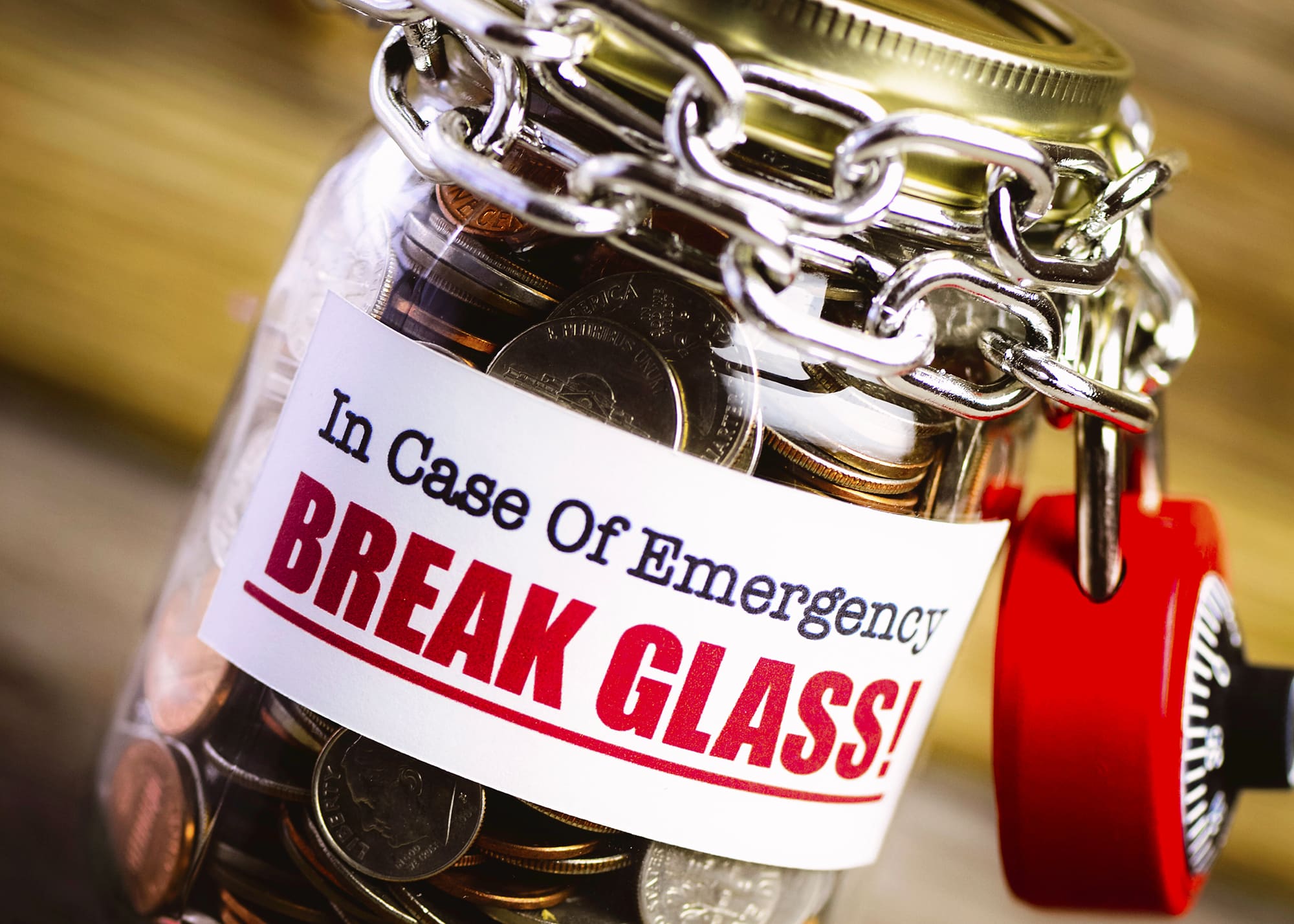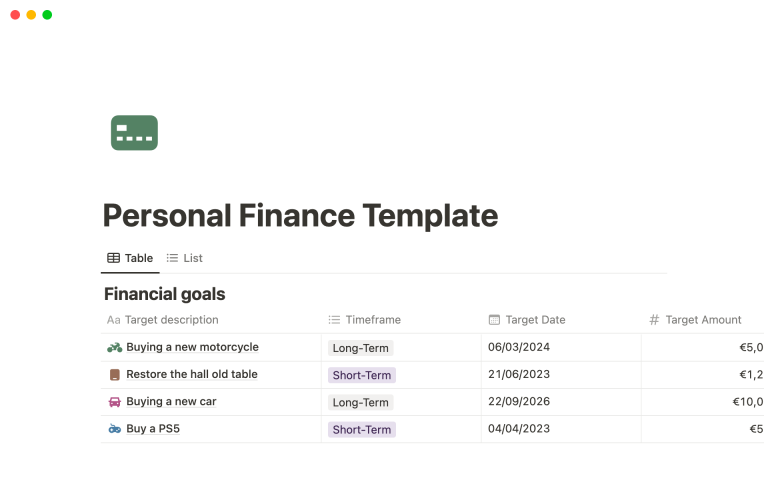When it comes to managing your finances, one key component often discussed is the emergency fund. An emergency fund is necessary to safeguard against unexpected expenses, providing financial security and peace of mind. But have you ever considered investing your emergency fund in cash? The idea might seem counterintuitive at first, but with the right strategies, it can indeed be a beneficial move. This article delves into why and how you can approach investing your emergency fund, transforming it into a more productive asset.
Understanding the Importance of Maintaining an Emergency Fund in Cash
Before diving into the specifics of investing, it’s crucial to understand the importance of having an emergency fund in cash. An emergency fund provides financial flexibility when life throws curveballs. Whether it’s unexpected medical bills, car repairs, or job loss, having savings set aside ensures you can handle these situations without derailing your long-term financial goals.
Typically, financial advisors recommend keeping three to six months’ worth of expenses in an easily accessible account. This liquidity is essential because, in an emergency, you won’t want to be scrambling to liquidate investments or sell assets in a downturn. The safety of an emergency fund in cash provides peace of mind, allowing you to navigate financial uncertainties effectively.
Can You Invest Your Emergency Fund? Exploring the Possibilities
While the conventional wisdom suggests that an emergency fund should be kept in cash for maximum accessibility. However, investing your emergency fund can be a viable option, provided you approach it cautiously. The goal is to strike a balance between readily available cash for unforeseen expenses and smart investment strategies that can yield returns without compromising security.
Finding the Right Vehicles for Your Emergency Fund in Cash
There are various avenues through which you can invest your emergency fund while maintaining liquidity. Here are some options to consider:
- High-Yield Savings Accounts: These accounts typically offer higher interest rates than traditional savings accounts, allowing your emergency fund to grow modestly without limiting accessibility.
- Money Market Accounts: Money market accounts often offer competitive interest rates and come with check-writing capabilities, making them a good option for quick access to funds.
- Certificates of Deposit (CDs): While a CD requires you to lock in your money for a specific term, you can choose short-term CDs that allow you to earn interest without tying up your funds for too long. Just be aware of the penalties for early withdrawal.
Strategizing Your Emergency Fund: When Growth Matters
Investing your emergency fund in cash does not mean putting your money at risk; it simply means being strategic about how you hold and grow your savings. Once you’ve established a primary emergency fund, consider the following strategies to maximize its potential:
Creating a Tiered Emergency Fund Structure
A tiered emergency fund structure involves allocating your savings into different “buckets.” This structure allows for easier management and ensures that you have immediate access to necessary funds while also allowing for some growth in your savings. For instance:
- Tier 1: Keep an accessible amount equivalent to one month’s worth of expenses in a high-yield savings account for immediate emergencies.
- Tier 2: Allocate the next two to three months’ expenses into a money market account or short-term CD, where the funds can still be accessed relatively quickly.
- Tier 3: Any additional emergency fund in cash can be invested in a conservative portfolio of fixed-income investments, which can provide a reasonable return with low risk.
Evaluating Risk: Understanding Your Comfort Level
Investing a portion of your emergency fund might feel risky, but it is important to evaluate your comfort level with risk. Not every investment vehicle is stable, and while you may be willing to take some risks to earn returns, your emergency fund should always prioritize safety.

Visit Investopedia for more on emergency funds.
Now, let’s discuss a few methods for determining reasonable risk levels:
- Personal Situation: Are you the main breadwinner of your household, or do you have health issues? Your personal situation will influence your emergency fund priorities.
- Financial Goals: Be clear on your long-term financial goals, as they will shape your risk tolerance. If you plan to make a significant purchase soon, your priorities will differ from someone with a longer timeline.
- Market Awareness: Understanding the market and your investments can help you feel more secure. The better informed you are, the less nervous you will be when market fluctuations occur.
Emergency Fund in Cash: Continuous Evaluation
Having an emergency fund in cash is a cornerstone of sound financial management, but you should commit to regularly evaluating your strategy. Market conditions change, personal circumstances shift, and your financial goals may evolve—thus affecting your approach to your emergency fund. Establish a routine to reassess your savings and investment choices, ensuring they align with your current needs and strategic objectives.
Some actionable steps for evaluation include:
- Quarterly Reviews: Schedule quarterly reviews of your emergency fund and investment choices. Monitor your rates of return, account features, and any fees that may affect your overall strategy.
- Adjustment Strategies: As your financial situation changes—for instance, a job change or a new family member—be prepared to adjust your emergency fund tiers accordingly. Protecting your financial well-being is paramount.
- Educate Yourself: Keep yourself informed regarding broader financial news and trends that may signal the need to adjust your strategy. Continuous learning about finances helps you make more educated and beneficial decisions.
Practical Tips for Investing Your Emergency Fund Wisely
For anyone considering investing their emergency fund in cash, it is wise to remember a few key tips:
- Prioritize Liquidity: When investing, ensure the bulk of your emergency fund remains easily accessible. Aim for investments that can be liquidated quickly without heavy penalties.
- Stay Conservative: Choosing safer investment avenues can protect your principal amount while still allowing for some growth. Avoid aggressive strategies that could jeopardize your funds.
- Keep Learning: The finance industry is ever-changing. Keep up to date with trends, new savings accounts, and investment options that align with your comfort and security levels.
Conclusion: The Balanced Approach
In conclusion, while having an emergency fund in cash is vital for financial security, smart strategies for investing can help your money work for you as well. By understanding the importance of liquidity, evaluating your risk tolerance, and being proactive in your financial management, you can enjoy the benefits of both safety and growth.
Remember, the pathway to financial security includes making informed choices about where and how you place your emergency fund. With time and careful consideration, you can achieve a balanced approach that meets your needs while maximizing your financial opportunities.


